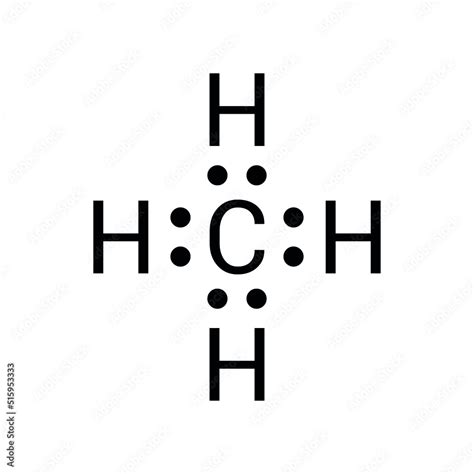To accurately identify the clause in a sentence, it’s essential to understand what constitutes a clause. A clause is a group of words that contains a subject and a predicate (a verb). There are two main types of clauses: independent clauses, which can stand alone as a complete sentence, and dependent clauses, which cannot stand alone because they do not express a complete thought.
For example, in the sentence “When I went to the store, I bought milk,” there are two clauses:
- Independent Clause: “I bought milk” - This clause has a subject (“I”) and a predicate (“bought milk”). It can stand alone as a complete sentence.
- Dependent Clause: “When I went to the store” - This clause also has a subject (“I”) and a predicate (“went to the store”), but it starts with a subordinating conjunction (“When”), making it unable to stand alone as a complete sentence.
To identify clauses in sentences: - Look for the subject and predicate in each group of words. - Determine if the clause can stand alone (independent) or if it relies on another clause to make sense (dependent). - Identify any subordinating conjunctions, relative pronouns, or infinitive phrases that introduce dependent clauses.
In more complex sentences, there can be multiple clauses, and understanding their relationship (whether they are independent or dependent) is crucial for clear communication and comprehension.
If you provide a specific sentence, I can help identify the clauses within it.



